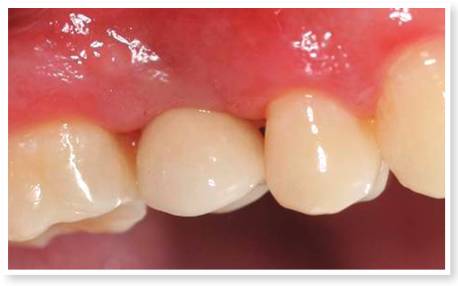
Childhood Asthma: Part I. General aspects and Oral Features
Asthma is defined as a chronic inflammatory condition characterised by variable and reversible episodes of airflow obstruction and bronchospasm. Asthma is the commonest chronic disease in childhood. Pediatric asthma is a common chronic condition with wide-ranging implications for children’s health, their families, and the health care system.


